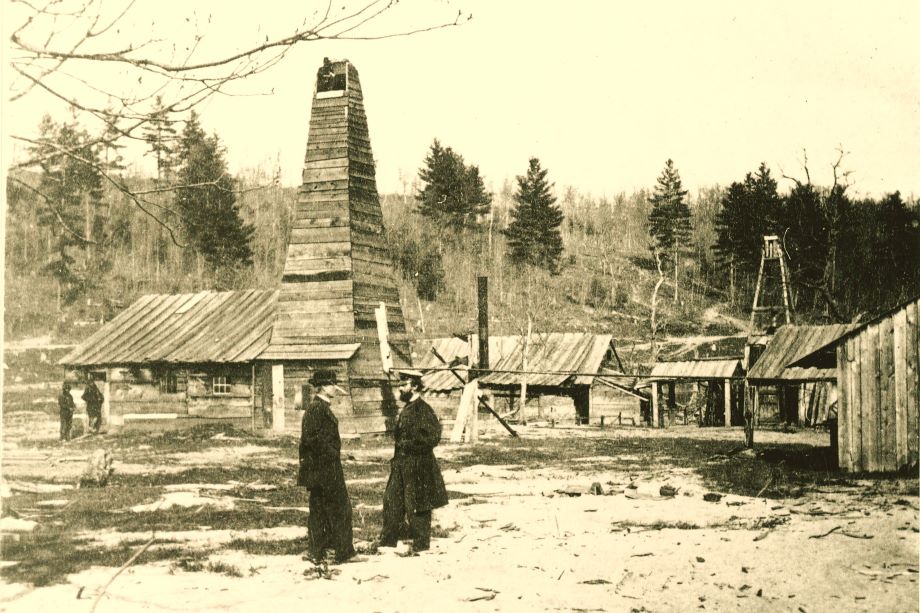Pennsylvania’s Oil Boom: Its Legacy and the Shift Towards Renewable Energy
The story of Pennsylvania’s oil boom begins in the small town of Titusville, where on July 1, 1859, Edwin Drake successfully drilled the first commercial oil well. This groundbreaking achievement not only marked the birth of the modern petroleum industry but also set the stage for a significant transformation in energy production that continues to evolve today. As the state grapples with the legacy of its oil-rich past, it is also navigating a future increasingly focused on renewable energy sources.

The Birth of the Oil Industry
Drake’s well, known as the Drake Well, was a pivotal moment in American history. It struck oil at a depth of just 69.5 feet, producing around 20 barrels of oil per day at its peak. This success ignited an oil rush, leading to a rapid increase in drilling across the region. By the end of the 19th century, Pennsylvania was the leading oil producer in the United States, with towns like Titusville experiencing explosive growth. The population of Titusville soared from just 438 in 1860 to over 8,600 by 1870, as people flocked to the area in search of fortune and opportunity.
However, the boom was not without its challenges. The rapid expansion of the oil industry led to environmental degradation, with oil spills and pollution becoming common. The lack of regulation during this period meant that many wells were abandoned, leaving behind a legacy of environmental issues that Pennsylvania continues to address today.
The Shift Towards Renewable Energy
Fast forward to the 21st century, and Pennsylvania finds itself at a crossroads. The state has long been reliant on fossil fuels, including coal and natural gas, but the landscape is changing. With growing concerns about climate change and the need for sustainable energy solutions, Pennsylvania is increasingly investing in renewable energy sources.
In recent years, the state has received significant funding for clean energy projects, particularly through initiatives like the Inflation Reduction Act. As of 2024, Pennsylvania has secured over $1.08 billion in clean energy investments, aimed at transitioning the state away from its fossil fuel dependency. This funding is expected to create thousands of jobs and support the development of solar, wind, and other renewable energy projects across the state.
One notable project is the construction of the largest solar plant in Pennsylvania, located in Clearfield County. This facility is set to generate power for over 70,000 homes, showcasing the state’s commitment to harnessing its natural resources for a sustainable future. Additionally, the state is exploring hydrogen production as a potential key player in the clean energy economy, with two hydrogen hubs recently funded by the Department of Energy.
Balancing Legacy and Future
As Pennsylvania moves forward, it must balance the legacy of its oil boom with the pressing need for environmental stewardship. The state is actively working to address the environmental impacts of its oil history, including the remediation of abandoned wells that continue to leak methane, a potent greenhouse gas. Efforts are underway to locate and seal these wells, reducing their environmental footprint and contributing to the state’s overall emissions reduction goals.
Moreover, educational initiatives and museums, such as the Drake Well Museum, play a crucial role in preserving the history of Pennsylvania’s oil industry while promoting awareness of the importance of sustainable energy practices. These institutions not only celebrate the state’s rich energy heritage but also serve as platforms for discussing the future of energy in Pennsylvania.
Conclusion
Pennsylvania’s oil boom laid the foundation for a significant chapter in American energy history, but the state is now poised to write a new narrative focused on sustainability and innovation. As it transitions towards renewable energy, Pennsylvania is not only addressing the environmental challenges of its past but also embracing the opportunities of a cleaner, greener future. The journey from oil to renewables is complex, but with continued investment and commitment, Pennsylvania can lead the way in the energy transition.
Sources
- Drake’s Oil Well is an Engineering Landmark – ASME
- Can energy-rich Pennsylvania chart a path toward decarbonization? – Energy News
- Pennsylvania is going through an energy boom, thanks to the Inflation Reduction Act – Keystone Newsroom
- NETL Shares Story of Pennsylvania’s Oil Boom and the Environmental Legacy – NETL
- Drake Well Museum & Park – Official Site
Leave a Reply